John Hurrell – 19 November, 2010
Some remind you of various artists through their mark making methods or qualities of colour, line or shape; others of drawn figurative forms like body parts, animals or faces. Questions arise about how certain traces came to exist, while compositional issues appear about balance, asymmetry and visual tension. A few look perfect in their delicacy and intricate arrangement of layered elements, as if carefully planned by a sequence of co-ordinated students sitting at the one desk over a period of several months.
We have here ATTEMPTS, twelve coloured photographs: nuanced documentations reminiscent of the elegant images of clean toilet paper exhibited at Maloy’s last Crockford show. These though are rectangles, not squares; with marks, not blank. The horizontal ones remind you of Cy Twombly paintings with their graffiti-like marks and landscape format.
Maloy has recorded a group of found desk tops left from a sculpture class he took at Elam - presenting the surfaces at 1:1 scale. The subject matter is marks: the culmination of small or minute traces from paint that has spilled over the edge of paper rectangles; dribbly and smeared rings from ink bottle bases; pencil or biro doodles; striations and slashes from cutting blades and compasses; sticky tape residue in parallel lines; accidental collages from ripped bits of photograph or packaging that has stuck to drying paint.
The photographs are pinned onto the walls of Crockford’s gallery in a formation that reflects the classroom desk layout they were taken from: a mix of vertically and horizontally aligned oblongs. They surprise in their variation, as might clouds skudding across the sky or rock formations on a hill. They engage with your imagination and propensity for wild narrative interpretation.
Some remind you of various artists through their mark making methods or qualities of colour, line or shape; others of drawn figurative forms like body parts, animals or faces. Questions arise about how certain traces came to exist, while compositional issues appear about balance, asymmetry and visual tension. A few look perfect in their delicacy and intricate arrangement of layered elements, as if carefully planned by a sequence of co-ordinated students sitting at the one desk over a period of several months.
Perhaps the big issue is whether intentionality is a vital ingredient for interest or pleasure in scrutinising these marks. Or can coincidence be sufficient to make you closely attend? Do you look at each trace in isolation (say all marks of one set time period together), ignoring the surrounding ‘non-relevant’ encrustations, or is the found total visual context everything for generating speculative interpretation - if that is your aim? Or do you look closely at the layering - what is on top and what is underneath - and analyse those marks as a series of inadvertent residues from an educational archaeology pertaining to certain teachers, and what any correlated pedagogical approaches might be.
This work was recently shown in San Franscisco where Maloy had a residency at the Headlands Centre of the Arts as the recipient of the 2009 Fulbright Wallace Award. For his show, and republished here by Crockford, is a superb essay by Franklin Melendez who discusses Leo Steinberg’s concept of ‘flatbed picture plane‘. This notion makes a ‘symbolic allusion to hard surfaces such as table tops, studio floors, charts and bullet boards - any receptor surface on which objects are scattered, on which information is received’.(Steinberg).
With this idea Melendez mentions Rauschenberg, as Steinberg does. However as a parallel I think Daniel Spoerri might be more directly apt with his post-feast Snare Pictures - food remnants and crockery glued onto banquet tables and tablecloths. The offer of consumption of knowledge - in Maloy’s case - perhaps, becomes remnants from education served on platters in the market place. An intriguing symbolic overlay.
John Hurrell
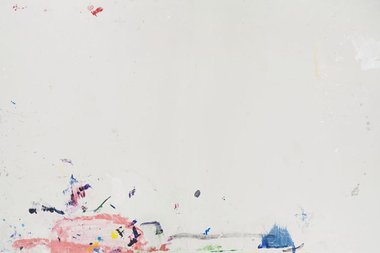

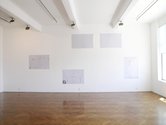
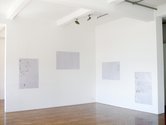
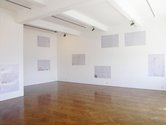
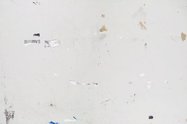

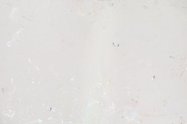
 Two Rooms presents a program of residencies and projects
Two Rooms presents a program of residencies and projects Advertising in this column
Advertising in this column



This Discussion has 0 comments.
Comment
Participate
Register to Participate.
Sign in
Sign in to an existing account.